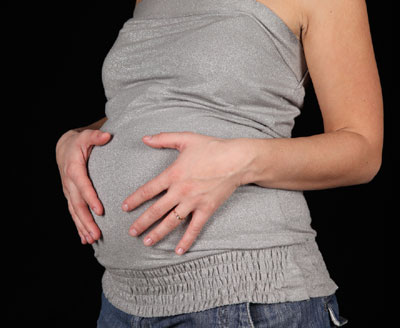New Long-Awaited C-section Test
It’s quite a common occurrence all over the globe for a pregnant woman to go into a long and wearying labor only to learn that safe delivery could be guaranteed only by an urgent C-section. Professor Susan Wray of the Centre for Better Births comments that a prolonged labor (that may end up in having to perform a C-section) occurs in 10 per cent cases and this percentage is higher for first time pregnancies.

“The truth is there has not been a new drug to treat problems in labor for 60 years – pharmaceutically, there’s been nothing new since oxytocin,” Professor Wray pointed out. But unfortunately oxytocin, which is conducive to active contracting of the uterus, does not always produce the desired result.
Therefore the news of a new test that allows to detect whether the pregnancy is going to end up with a vaginal delivery or a Caesarean section is more than welcome.
Liverpool University and Liverpool Women’s Hospital carried out a study which revealed that the possibility of a vaginal delivery drops down noticeably in expectant mothers whose level of lactic acid in the amniotic fluid is higher than common, whereas a low level of lactic acid means that the uterus can produce the contractions of the strength necessary for delivery.
The level of lactic acid grows higher when the uterus, like other muscles, is set to work. Contraction makes it release the lactic acid, but as soon as it reaches a given level, it begins to inhibit the process, which can end up in the mother being no longer able to give birth naturally.
So, there is more lactic acid in the amniotic fluid when the uterus gets weak. An oxytocin infusion can provide only so much stimulation which may not work at all, but when it does, it will throw the uterus into lower layers of exhaustion.
The new scientific discovery may give physicians a reliable clue when it is worth everybody’s while to go for a Caesarean cutting down on a prolonged labor and playing it much safer – or, the other way round, know when the Caesarean is not necessary.
Source of the image: Photl
